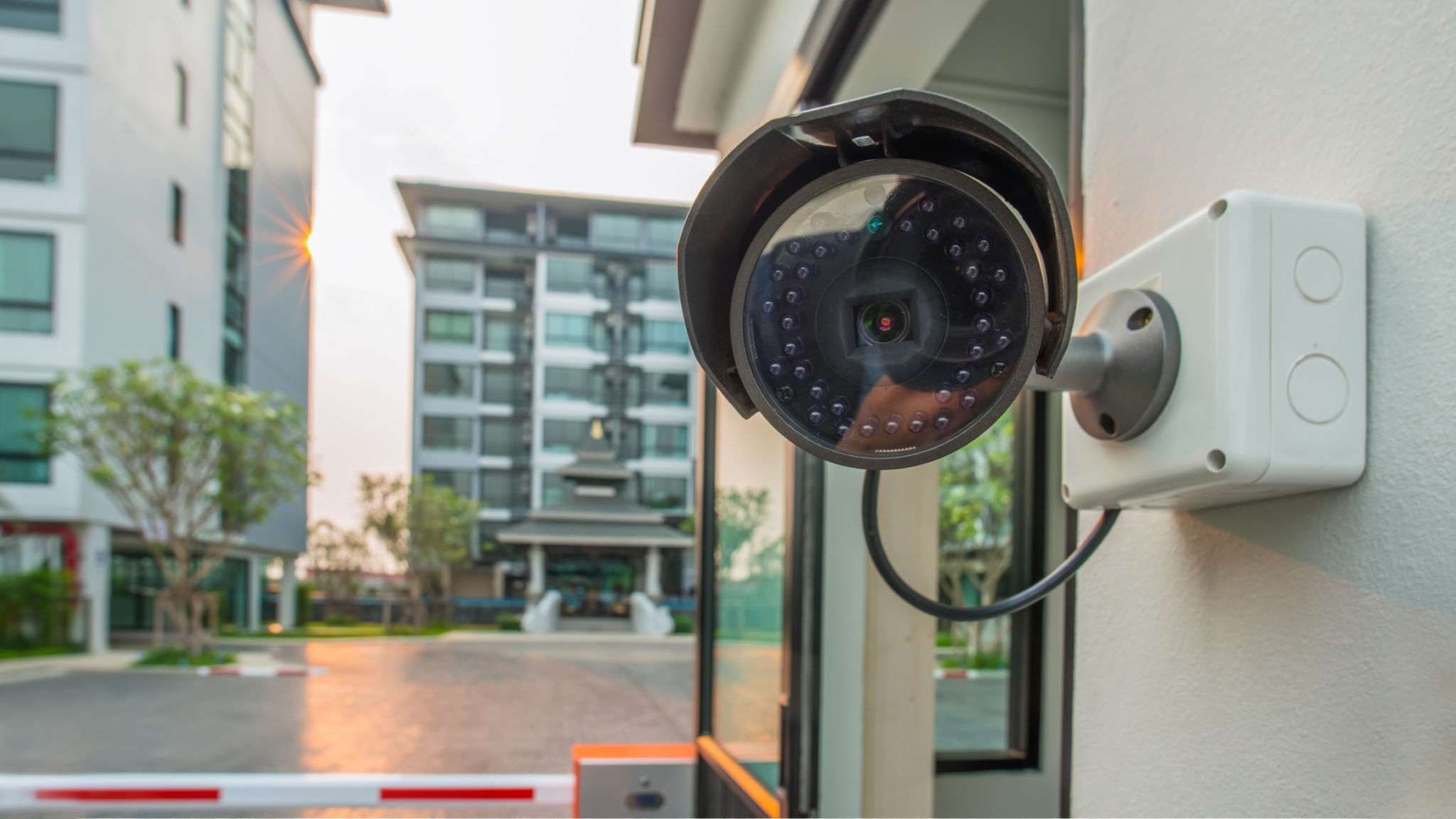The Ultimate Guide to Surveillance Design and Installation: Secure Your Property Today
In today's fast-paced world, ensuring the security of your property is more crucial than ever. Whether it's your home or business, having a reliable surveillance system in place can provide peace of mind and protect your assets. This guide will walk you through the essential steps for designing and installing an effective surveillance system.
Understanding Your Security Needs
Before diving into the technical aspects, it's important to assess your specific security needs. Consider factors such as the size of your property, areas that require monitoring, and the level of security you desire. This initial assessment will guide your decisions on camera types, placement, and overall system design.
Identify potential vulnerabilities in and around your property. Entry points like doors, windows, and driveways are typically high-priority surveillance spots. Additionally, think about any unique risks related to your location or business operations that might require special attention.

Choosing the Right Equipment
Once you've outlined your security needs, it's time to select the right equipment. Surveillance cameras come in a variety of types, including bullet, dome, and PTZ (pan-tilt-zoom) cameras. Each type has its own advantages, so consider what fits your property best.
Types of Cameras
Bullet Cameras: Known for their long-range capabilities, they are ideal for outdoor use.
Dome Cameras: With a wider field of view, they are perfect for indoor areas.
PTZ Cameras: Offering flexibility with remote control features, they allow you to focus on specific areas as needed.

Planning Camera Placement
Strategic camera placement is key to maximizing coverage and effectiveness. Begin by mapping out your property and determining the most critical areas to monitor. Ensure cameras are positioned at appropriate heights to capture clear images while remaining out of reach for tampering.
Consider using a mix of visible and hidden cameras. Visible cameras act as a deterrent to potential intruders, while hidden ones can capture activities without alerting anyone. Be mindful of lighting conditions and potential obstacles that may obstruct camera views.

Installation Tips
Proper installation is crucial to the performance of your surveillance system. Here are some tips to ensure a smooth installation process:
- Cable Management: Use conduits or trunking to keep cables organized and protected from weather or vandalism.
- Power Supply: Ensure all cameras have a reliable power source; consider backup options like batteries or solar panels for uninterrupted operation.
- Connectivity: For IP cameras, have a robust network setup to handle data transmission without lag.
Regular Maintenance and Upgrades
Once installed, regular maintenance is essential to keep your surveillance system functioning optimally. Regularly check camera lenses for dirt or damage and ensure all components are securely mounted. Software updates should be performed periodically to enhance functionality and security features.
As technology evolves, consider upgrading your system to incorporate the latest advancements in surveillance technology. Newer models may offer improved image quality, better night vision capabilities, and advanced analytics that can significantly boost security measures.

Conclusion
Designing and installing an effective surveillance system requires careful planning and attention to detail. By understanding your security needs, choosing the right equipment, planning strategic placements, and committing to regular maintenance, you can secure your property with confidence. Start today to ensure that your home or business remains protected against potential threats.